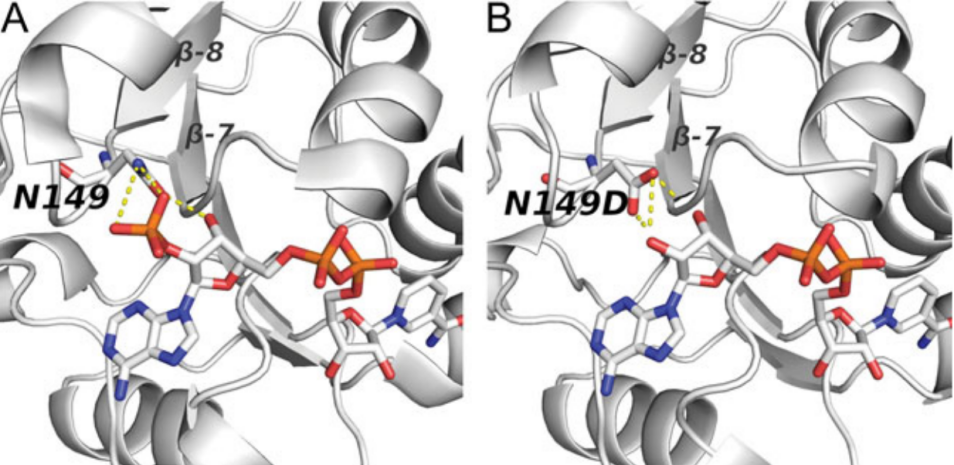CD Biosynsis is a leading AI enzyme expert with extensive experience in using artificial intelligence to promote enzyme discovery and design. Our company focuses on helping customers integrate cofactors into enzymes and expand their catalytic capabilities through strategies such as computational modeling, protein engineering, and rational design.
Overview of Cofactor Integration
Cofactors, non-protein molecules required for the catalytic activity of enzymes, are often bound to enzymes and participate in catalytic reactions by donating or accepting electrons, protons, or other chemical groups. It is well known that cofactors are required for the normal occurrence of enzymatic reactions. On the one hand, they help reduce the activation energy required for a reaction to occur, making the reaction more efficient. On the other hand, cofactors can also provide structural stability to enzymes, allowing them to maintain their three-dimensional shape and activity. There are two main types of cofactors: coenzymes and prosthetic groups. Coenzymes are a class of small organic molecules that serve as transient carriers of chemical groups. They temporarily bind to the enzyme, undergo a chemical reaction, and then dissociate from the enzyme. Prosthetic groups are a type of inorganic metal ions containing iron, copper, or zinc that provide structural stability to enzymes and enable them to perform catalytic functions. They bind tightly to the enzyme and remain bound to it throughout the catalytic cycle. Cofactors play an important role in enzyme design engineering, helping to create efficient and effective enzymes for a variety of industrial, pharmaceutical, and biotechnological applications.

Fig. 1. Cofactor specificity switches with N149D mutation. García-Guevara F, et al., 2017)





